
For avid fishing enthusiasts, understanding the intricacies of angling is key to a successful haul. Several factors can swing your success rate; at times, it’s all about finding that small advantage, such as knowing how to rig a swimbait perfectly.
Swimbaits are frequently used tools in an angler’s arsenal, and mastering their rigging process could significantly boost your chances of catching more fish. This technique opens up new avenues and adds another exciting layer to this beloved activity.
In this article, we will delve into the art of rigging swimbaits accurately. We will deconstruct the method step by step for you to learn and understand better. Get ready to intersect precision with passion as we explore how bringing accuracy to fishing amplifies enjoyment and efficacy.
Key takeaway: Knowing ‘How To Rig A Swimbait’ is not just critical knowledge for every good angler but also may serve as a game-changer in their fishing endeavors.
What Are Swimbaits?
Swimbaits are special fishing lures made with artistry and science. They look like simple fish copies to some, but to many anglers, they are very useful. They can mimic underwater creatures very accurately. Swimbaits act like real baitfish and can attract fish like bass or trout very effectively.
Swimbaits, with their unique sizes and designs, stand out from regular fishing lures because they mimic real swimming movements. Some even act like injured or escaping fish. While some people think only experts should use swimbaits, they can also help beginners who are serious about improving their fishing skills.
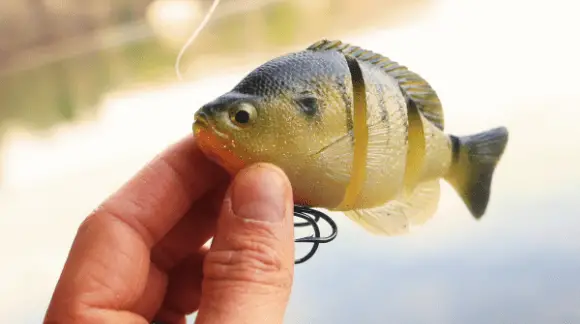
Understanding Swimbait Fishing
Fishing lovers know the excitement and skill needed to catch fish. But have you ever tried swimbait fishing? This type of fishing not only tests your patience and accuracy but also your knowledge of how fish behave.
Swimbait fishing is becoming popular because it’s very realistic. The lures look and move just like real bait, from Crawfish to Threadfin Shad. This makes them very attractive to big fish. By learning this fishing method, you do more than just cast or troll. You create a believable underwater trick and cleverly attract a big catch.
Different Types of Swimbaits
Explore the exciting world of swimbaits, each with its special design and approach. The variety in this area will amaze you. If you want to mimic real swimming action, Soft Plastic Swimbaits are the best choice. They’re designed to move smoothly even when retrieved slowly, making them ideal for clear water conditions.
Don’t forget about Paddle Tail Swimbaits, a top choice for bass fishing. Their special design creates vibrations that attract predators. Want some excitement? Try Multi-jointed Hard Body Swimbaits or glide baits. Their unique parts imitate hurt prey and effectively provoke attacks from hungry fish. Explore the underwater world with these great swimbait options.
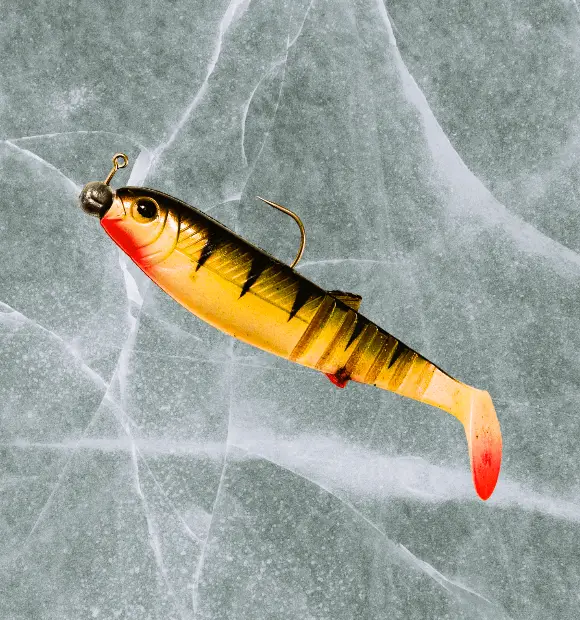
Necessary Tools and Materials for Rigging
Strong, durable, and tough – these are the key traits of essential rigging tools. When picking your rigging equipment, it’s best to choose metal materials like strong steel alloy. This type of material can withstand repeated underwater movements without changing shape or breaking. This durability means the tools will last longer, giving you great value over time.
To set up a swimbait, you need tools like needle-nose pliers to put rivets or hooks in the right place. You also need a high-quality fishing line strong enough for casting bait and lead weights to keep the bait steady in the water. Don’t forget to buy pre-sharpened wide-gap fish hooks. They help attach the bait securely and increase your chances of catching fish. Each tool is important for a successful fishing trip.
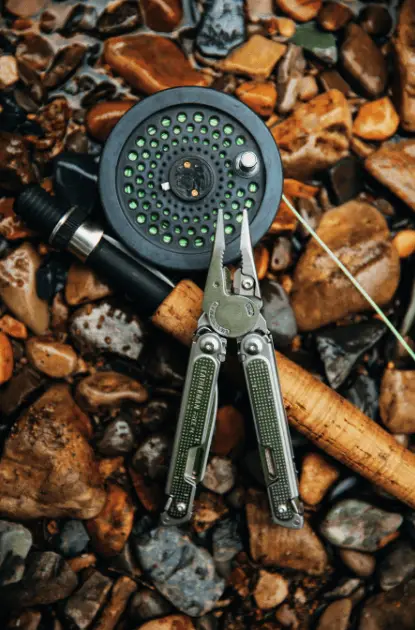
How to Rig a Swimbait- Step-by-step
Let’s learn how to properly set up your swimbait, an important skill for all fishing enthusiasts. Start with the basics by knowing how the bait moves in the water. Its wiggle, tail action, or roll mimic real fish, attracting predators. It’s crucial to get these movements right.
Selecting The Perfect Hook
Setting up a swimbait properly is crucial for a successful fishing experience. Your hook’s size and weight play a significant role in determining your success rate, as they influence the speed at which it sinks and its lateral movement. To rig your bait, align it with the pointed end of your hook facing upwards, then gently thrust the hook through the lower half of your bait until it reaches approximately 75-80% towards the top. Be gentle during this process to avoid disrupting the bait’s natural movement in water.
Hooks are sharp objects that aid in capturing fish. These come in a variety of sizes, shapes, and materials. Popular varieties include J-hooks, circle hooks, and treble hooks. The selection of an appropriate hook is largely contingent on the species of fish you aim to catch.
Fishing Lines
The fishing line is important as it links you, your hook, and the fish. Select the one that is perfect for your rig. There are various fishing lines like monofilament, fluorocarbon, braided, and fused lines. Each kind has its pros and cons. Monofilament is a great general choice due to its adaptability, while fluorocarbon is nearly unseen underwater, ideal for clear water.
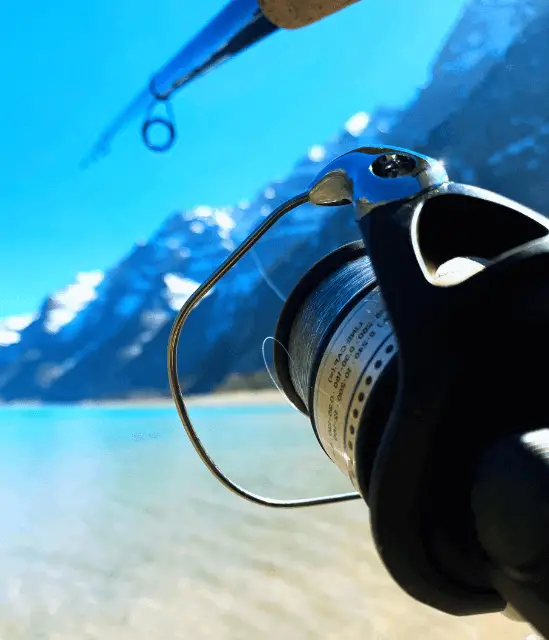
Rods
Then we have to talk about rods – another equally important element in this sport. Rods come in various lengths, weights, materials, and types, such as spinning rods or casting rods based on different techniques of casting a bait or lure. The right rod will ensure better control over your cast distance as well as accuracy.
Reels
Reels are another component you need to pay attention to when setting up your gear for fishing. These essentially house the fishing line and assist in casting and retrieving it — functions that are crucial in the process of fishing. They come in different types, including spinning reels, baitcasting reels, and fly fishing reels, each designed for a specific kind of fishing technique.
Baits and Lures
Live baits like minnows or worms serve as baits, drawing fish towards them through their scent or motion. On the other hand, lures are synthetic bait crafted to imitate the appearance and behavior of prey, thereby coaxing fish to bite them.

Tips and Techniques for How To Rig A Swimbait
It’s crucial to understand the impact of water conditions and fish habits on fishing. The art of fishing isn’t solely about locating the fish but also comprehending their feeding patterns. For instance, bass, panfish, or trout typically feed during periods of cloudy water resulting from weather fluctuations, an ideal moment for fishing.
Don’t hesitate to venture into various areas of the lake or river, such as beneath trees, around stones, or amidst aquatic vegetation, to enhance your likelihood of reeling in a whopper.
Selecting the appropriate swimbait for the fish you’re aiming to hook is a vital aspect of angling. If your target is smaller fish, a lighter bait will do the trick. However, if you’re after larger predator fish, opt for tougher hard baits. Remember, fishing isn’t solely about reeling in a catch; it’s also about relishing the sport and appreciating nature’s beauty. Every cast can potentially result in an exhilarating tale during your fantastic day on the water.
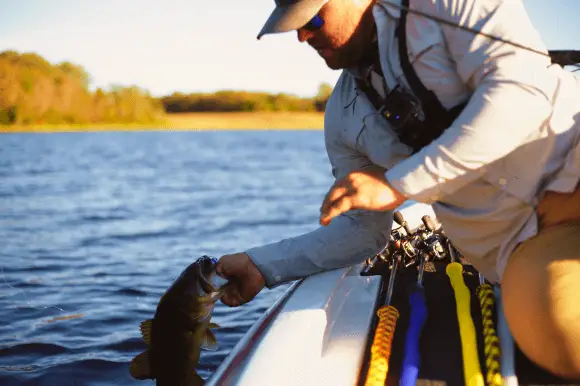
Conclusion- How To Rig A Swimbait
Utilizing swimbaits in fishing embodies a captivating blend of scientific finesse and aesthetic allure, which can notably elevate your fishing encounters. The exquisite design and realistic movements of a well-rigged swimbait can effectively lure predator fish, increasing your odds of landing an outstanding catch. The thrill of watching your target species fall for such an incredibly convincing decoy is unparalleled and enormously gratifying.
Undoubtedly, swimbait has become a fundamental part of contemporary angling that no angler, whether novice or professional, should overlook. So why wait? Elevate your fishing adventure today by adding a swimbait to your tackle box!
FAQs
Q. What is a swimbait?
A. A swimbait is a type of fishing lure that mimics the movement and appearance of small fish to attract larger predatory ones.
Q. Why should I learn how to rig a swimbait?
A. Mastering the art of rigging swimbaits can enhance your angling skills, increasing your chances of landing bigger and more elusive fish consistently.
Q. Are there different methods to rig a swimbait?
A. Yes, there are various methods like free-rigging, jig head, weedless, and more. The method used depends on the fishing conditions and targeted species.
Q. Does the size of the swimbait influence how it’s rigged?
A. Yes, different sizes of swimbaits may require different rigging techniques for maximum effectiveness.
Q. Can I use any line for rigging my swimbait?
A. The selection of a fishing line primarily hinges on factors like water clarity and the species being targeted. Nevertheless, fluorocarbon lines are frequently favored owing to their underwater invisibility.
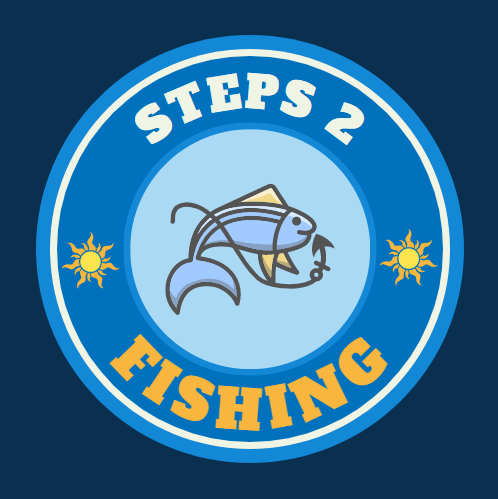

Leave a Reply